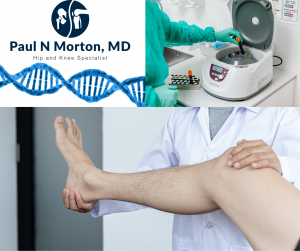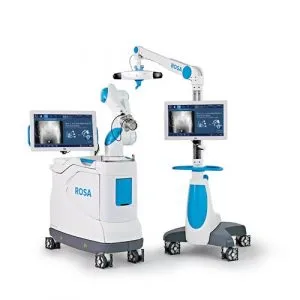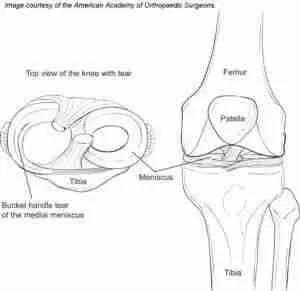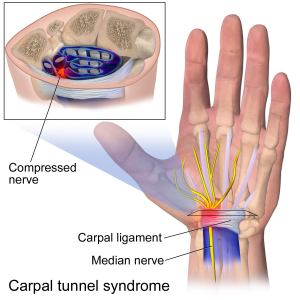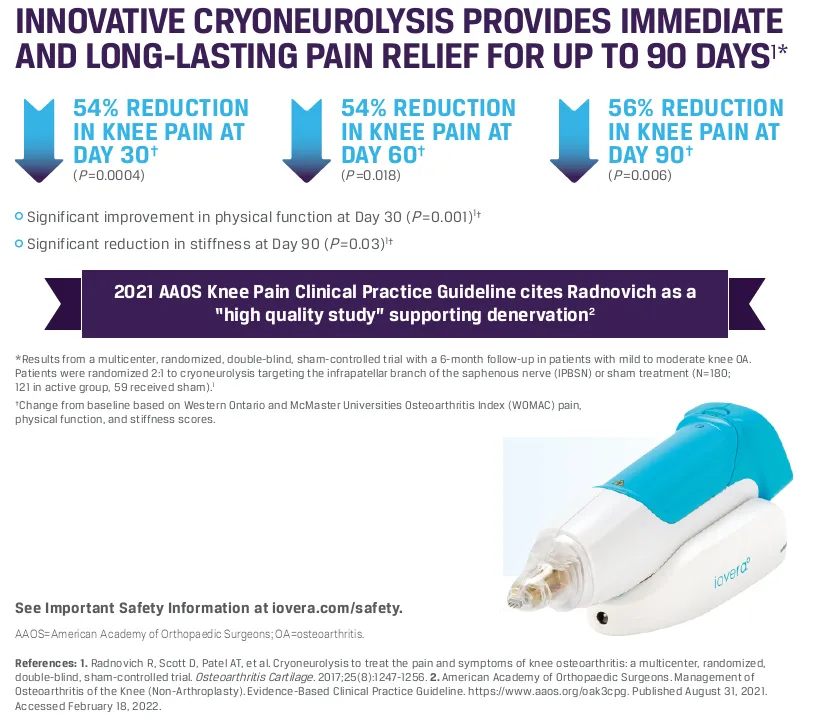Orthopedic surgery has come a long way in recent years, largely thanks to technological advances. Today, orthopedic surgeons have a number of tools at their disposal that allows them to provide their patients with the best possible care. From minimally invasive surgery to regenerative medicine, there are a number of ways that orthopedic surgeons can use technology to improve the quality of care they provide.
Minimally Invasive Surgery
One of the most popular types of technology used in orthopedic surgery is minimally invasive surgery (MIS). MIS is a type of surgery that uses small incisions and specialized instruments to minimize tissue damage and scarring. MIS has become increasingly popular in recent years due to the numerous benefits it provides for both patients and surgeons.
Some of the benefits of MIS include outpatient surgery, less pain and swelling, quicker recoveries, and a lower risk of infection.
Regenerative Medicine
Regenerative medicine is another area where technology is playing a big role in orthopedic surgery. Regenerative medicine is a type of treatment that uses the body’s own cells to repair damaged tissue. This can be done through hyaluronic acid or platelet-rich plasma (PRP) injections.
PRP injections are made from a patient’s own blood and are thought to help promote healing by delivering high concentrations of growth factors and other proteins to the site of injury.
Hyaluronic acid is a substance that naturally occurs in the body and helps lubricate joints. When injected into an affected joint, hyaluronic acid can help reduce pain and inflammation. This treatment is often used for knee osteoarthritis.
Smart Implants (Persona IQ®)
Smart implants are devices that are designed to monitor a patient’s condition and provide feedback to the surgeon on how the implant is performing. This information can be used to make sure that the implant is functioning properly and adjust the treatment accordingly if necessary. Dr. Morton offers the only smart implant for total knee replacements with Persona IQ®
.
Robotic-Assisted Joint Replacement Surgery
Robotic-assisted joint replacement surgery is a minimally invasive approach to hip and knee replacement surgery that is made possible by advances in surgical robotics technology. In traditional joint replacement surgery, large incisions are made in order to access the joint. However, with robotic-assisted surgery, smaller incisions are used and the surgeon is able to control a robotic arm to perform the surgery with greater precision. This approach results in less tissue damage, less pain, and a quicker recovery for patients.
ACL Repair with BEAR®
The ACL (anterior cruciate ligament) is one of the major stabilizing ligaments in the knee joint. Tears of the ACL are common injuries that can cause knee instability. BEAR® (Bridge-Enhanced ACL Repair) is a new surgical technique that uses a biological bridge to repair tears of the ACL while minimizing damage to surrounding tissue. This allows for the restoration of the anatomy of the ACL.

Meniscus Repair
The meniscus is a C-shaped piece of cartilage that acts as a shock absorber for the knee joint. Tears of the meniscus are common injuries that can cause knee pain and instability. Meniscus repair surgery involves sewing together the torn edges of cartilage using special stitching techniques. This helps stabilize the knee joint and relieve pain. The hope is that repairing the meniscus prevents the development of arthritis compared to removal of the meniscus as is done in many “knee cleanup” procedures.
Endoscopic Carpal Tunnel Release
Carpal tunnel syndrome is a condition caused by compression of the median nerve as it passes through the carpal tunnel—a small space in the wrist comprised of bone and ligaments. Symptoms include numbness, tingling, and weakness in the hand and wrist. Endoscopic carpal tunnel release is a minimally invasive surgical procedure that relieves pressure on the median nerve by releasing parts of the carpal tunnel ligament using an endoscope (a small camera). This results in quick symptom relief with minimal scarring compared to the more common open carpal tunnel release.
iovera – cryroanalgesia
Iovera is a cryoneurolysis procedure that provides immediate and long-lasting pain relief. It’s been shown to effectively treat many pain conditions, including arthritis, recovery from knee replacement surgery, and chronic pain. In this blog post, we’ll take a closer look at the benefits of iovera and how it can help you get your life back!
Iovera uses a tiny needle to deliver cold temperatures directly to the pain-causing nerves. This causes temporary nerve blockage, which interrupts pain signals and helps reduce pain for up to six months. It’s minimally invasive with no known side effects or risks — making it an ideal choice for people who are looking for an alternative to traditional pain treatments.
Conclusion:
Technology has played a big role in advancing orthopedic surgery over the past few years. From minimally invasive techniques to regenerative medicine, orthopedic surgeons now have a number of tools at their disposal that allows them to provide their patients with better care than ever before. As new technologies continue to emerge, it’s likely that even more advances will be made in orthopedic surgery, further improving patient outcomes. To learn more about the latest techniques, schedule an appointment with Dr. Morton in Honolulu, Hawaii.
Persona IQ® is a registered trademark of Zimmer Biomet.
BEAR® is a registered trademark of Miach Orthopaedics.
iovera® is a registered trademark of Pacira.


